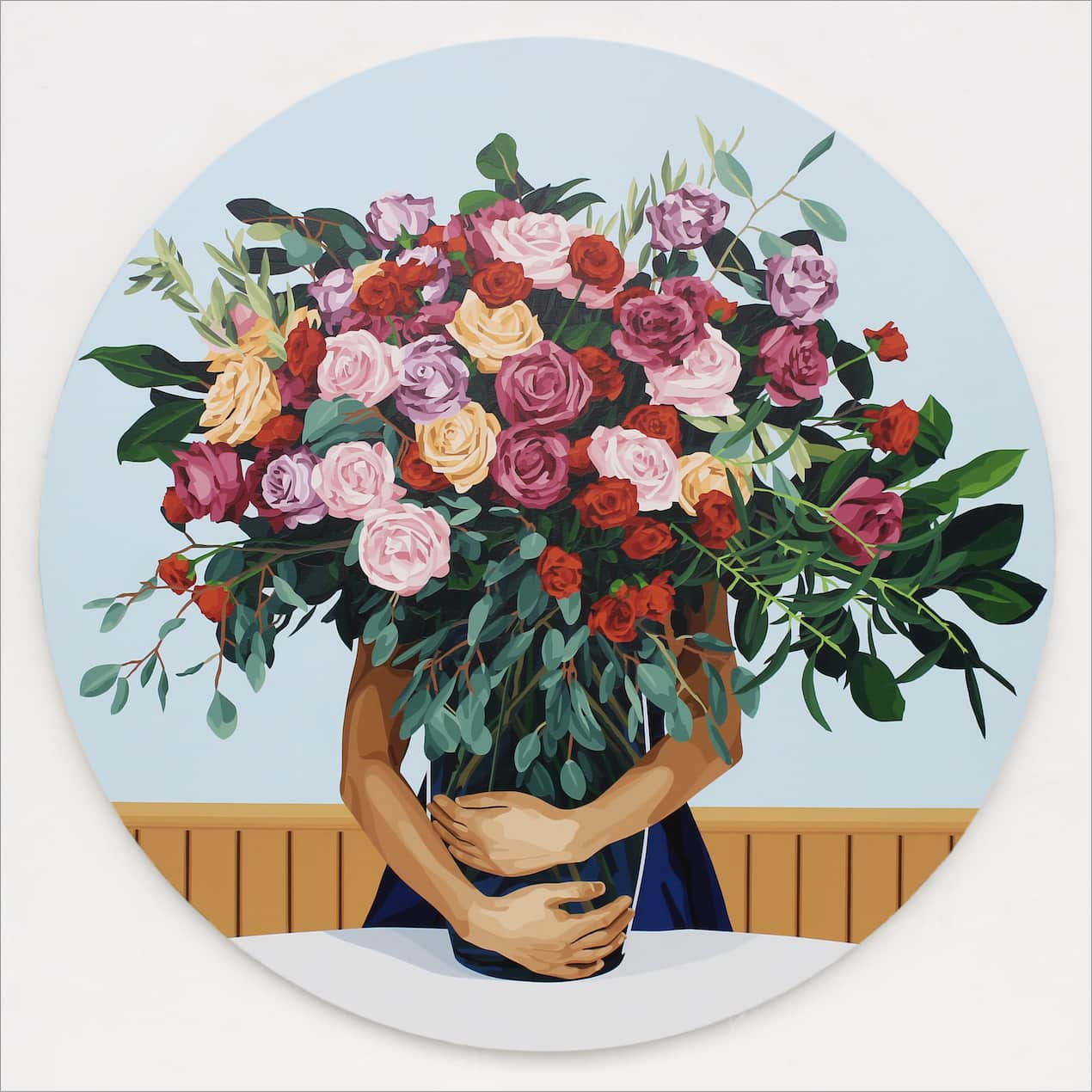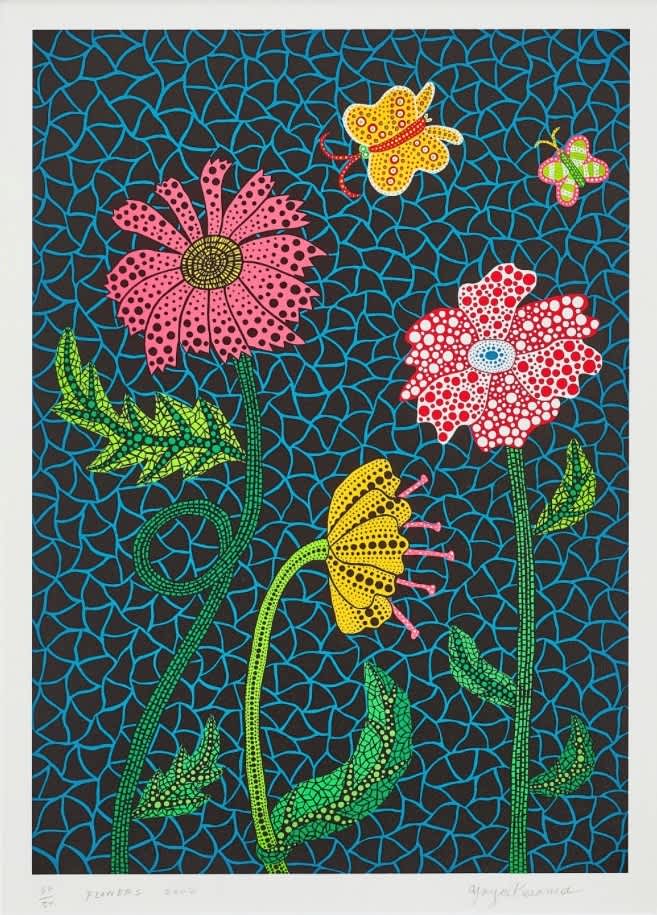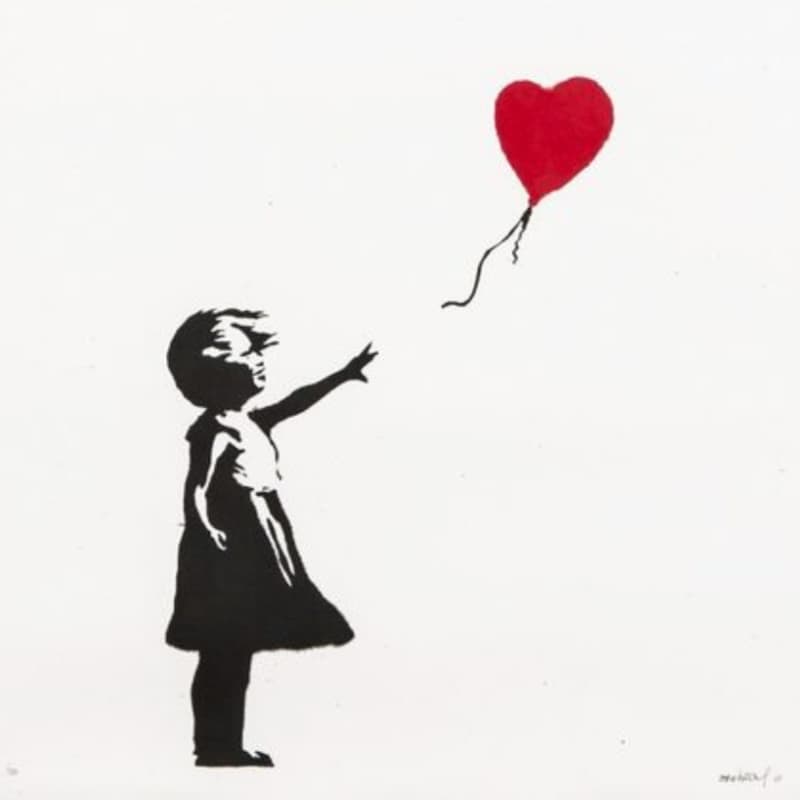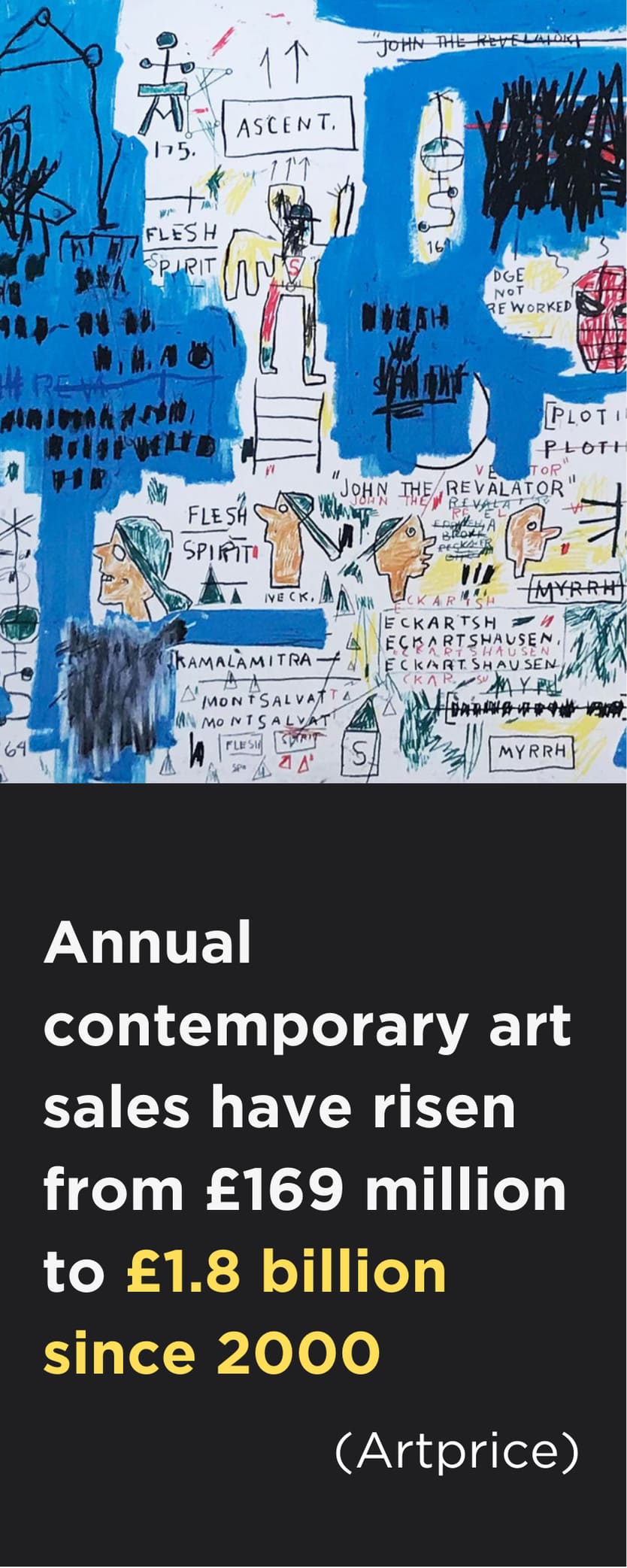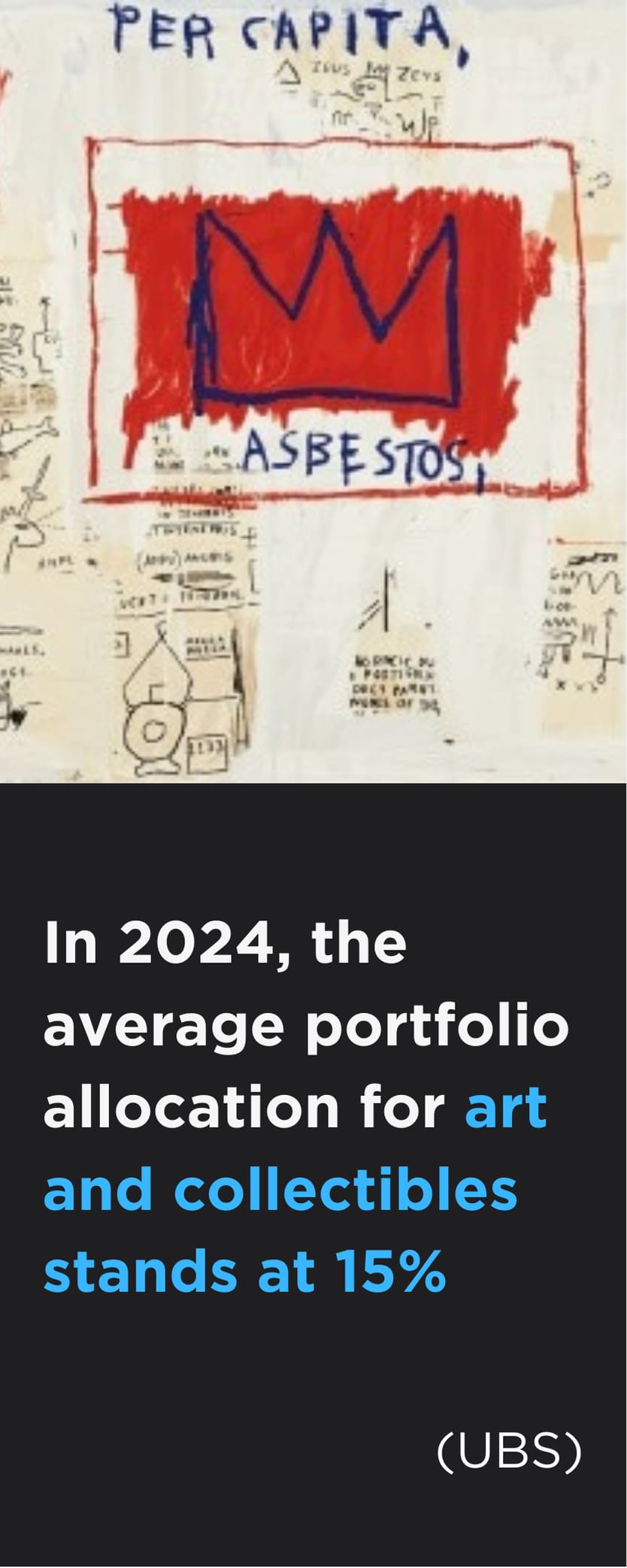Universal symbols of beauty and joy, the impulse to paint flowers is as old as history itself. As a new generation of Maddox artists put their creative stamp on this classic subject, join us as we celebrate floral art in its many blossoming forms.
At this time of year, you can keep track of the passing weeks by the flowers that are in bloom. The tulips may have faded, but in their place, irises are standing tall, and the first flush of roses has arrived. After the long, cold months of winter, nature’s awakening is always a wonder to behold.
Throughout history, flowers have been widely represented in the arts, with painters, in particular, drawn to their fragile beauty. From Van Gogh’s Sunflowers to Monet’s Water Lilies series, flowers have played not only a decorative, but also a symbolic role in the paintings of many great masters, with the sunflowers presented as emblems of happiness and gratitude.
This kind of romantic symbolism, referred to as floriography by the Victorians, may have all but died out today, but the desire to paint flowers is as strong as ever. Whether it is the opulent bouquets of Will Martyr or Banksy’s iconic Flower Thrower, which replaces a bomb with a bunch of blooms, reviving the peaceful resistance movement of the 1960s, the flower has lost none of its attraction among today’s contemporary artists.
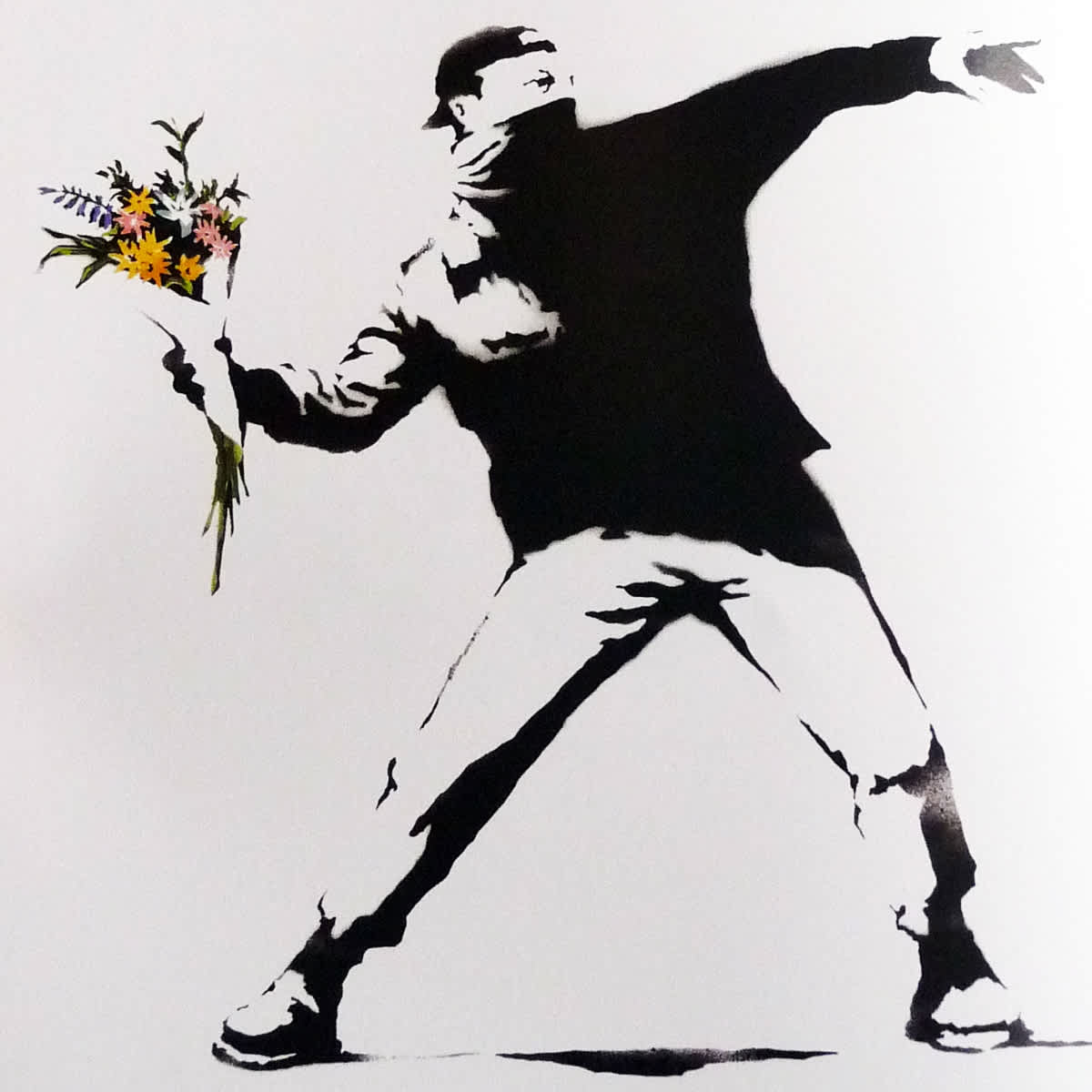
Among the best-known blooms in the art world are Andy Warhol’s Flowers paintings, which were first exhibited in 1964. They were so successful that, six years later, the artist released a portfolio of Flowers prints in 10 different colour combinations. Last month, a complete set of 10 prints sold for a record-breaking £1.9 million at Christie’s The Sale of the Century – the top price ever achieved for one of Warhol’s most desirable portfolios.
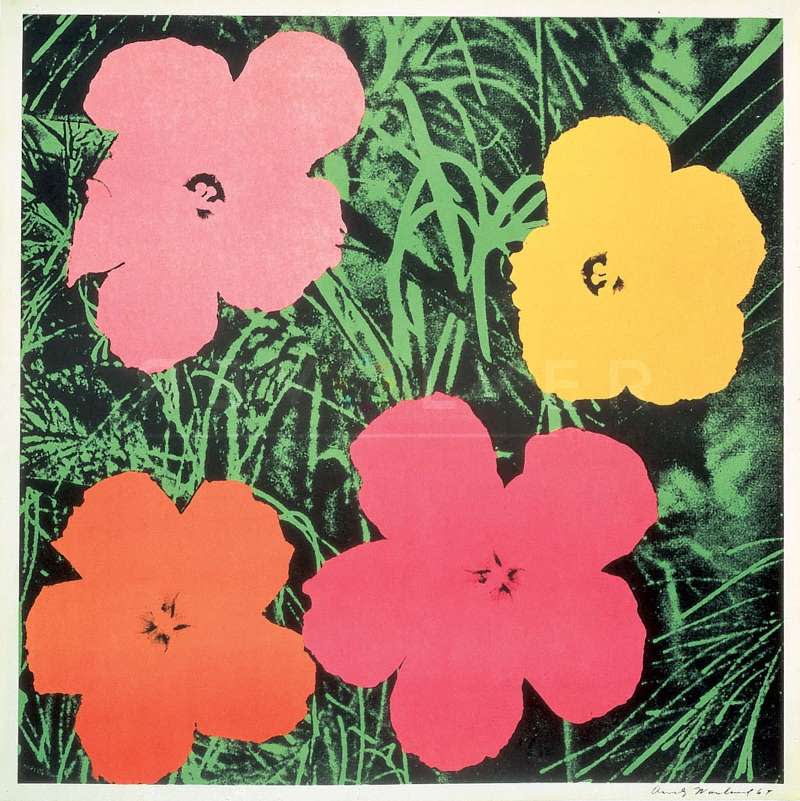
With their psychedelic use of colour and characteristic flatness, Warhol’s abstract Flowers paved the way for artists to interpret the beauty of flowers in more unconventional ways. Part of the Maddox stable, the American artist Cooper is well known for his vibrant take on floral art, with his cartoonish wildflower murals emblazoned across a series of buildings in LA, including the HQ of WeTransfer. It’s a theme Cooper will be revisiting at his upcoming show at Maddox Gstaad this July, where he is set to unveil a large-scale work of an Alpine flower meadow, painted in his playful, graphic style.
A few weeks ago, an incredible exhibition of floral works by Yayoi Kusama opened in New York during Art Week in the city. Named after three of the artist’s supersized and surreal flower sculptures, ‘I Spend Each Day Embracing Flowers’ is a light-hearted title for a subject that has haunted her since childhood.
Kusama has never shied away from talking about her mental health, with her work inextricably connected to her psychological state. Ever since she experienced a hallucination as a young child that saw her standing in a field of flowers which were talking to her, flowers have appeared in her works as both beloved subjects and frightening figures. Many artists have channeled their personal pain into their art, but none as powerfully as Kusama. For her, the flower not only represents the past but also the ability to turn an unpleasant experience into something beautiful, teaching us how to live.
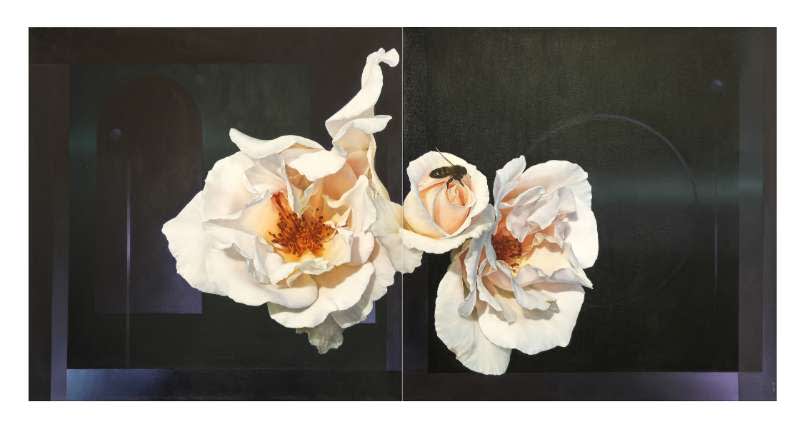
The subject of living is at the heart of Yuki Aruga’s forthcoming exhibition Without End at our Maddox Street gallery. Opening on 8 June, her flawlessly rendered, hyperrealist roses are a metaphor for the cycle of life, death and rebirth that is ever-present in our everyday. Each year, a flower blooms, then fades away. Is this what so endears them to both artists and art collectors? The beauty of a flower is bittersweet because it is so short-lived, however thanks to this new wave of works by artists such as Aruga and Cooper, it can be spring and summer in your home, all year round.

Discover our Latest Arrivals
From Banksy to Basquiat — extraordinary contemporary and modern artworks by the world's most respected blue-chip, established and emerging artists.

